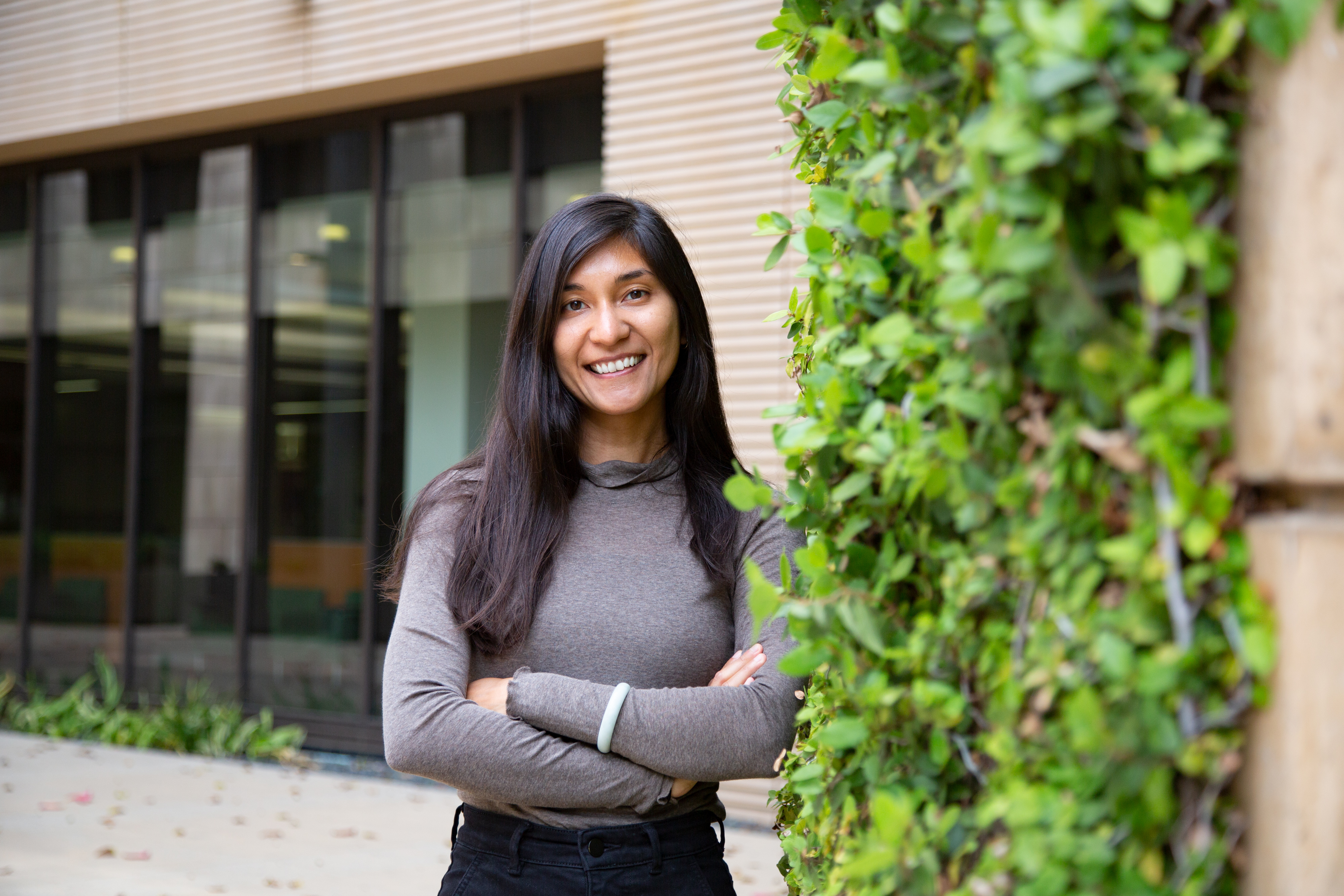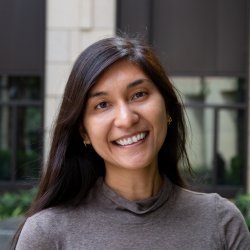
Abby Li Holst
What is unusual about the GCE/IEPA program?
The GCE/IEPA program trains its students to become both critical consumers and producers of quantitative and qualitative research. Through interdisciplinary and hands-on coursework in research methods—from statistical analysis to qualitative methods to descriptive research—and writing a high-quality master’s thesis, you will grow tremendously as a researcher and scholar. Another noteworthy aspect of the program is the small cohort size and the diverse range of work experiences cohort members enter the program with. This real-world experience helps generate rich and interesting conversations both inside and outside the classroom.
Is there any way that professors have impressed you that you’d like to share?
Among my favorite classes I have taken at Stanford are two research methods courses: Intro to Qualitative Research Methods with Ann Jaquith and Intro to Data Analysis and Interpretation with Sanne Smith. Ann and Sanne are brilliant instructors and discussion facilitators who will challenge you to expand your methodological toolbox and understanding of different types of research. The course readings, in-class discussions, and hands-on learning experiences in these courses were unforgettable highlights of my Stanford experience.
Why Stanford?
I chose Stanford because I knew that I would be part of a vibrant and international community of changemakers and thought leaders in education at the GSE. One of the biggest draws for me to the GCE/IEPA program in particular was seeing the types of careers GCE/IEPA master’s graduates go on to pursue. These careers were ones I envisioned myself aspiring to, so I was confident that Stanford was the right choice for me. The Stanford GCE/IEPA program is a renowned program in the field of comparative and international education, so it can truly open doors and expand your future career opportunities. In addition, I appreciated the GCE/IEPA program’s small cohort size and strong emphasis on research.
How would you describe the other students in your cohort?
A big draw of the GCE/IEPA program is being a part of a small but mighty cohort. The breadth of experiences and diverse perspectives represented in our GCE/IEPA cohort is nothing short of remarkable. The folks in my cohort are passionate, wickedly smart, and kind hearted. We hail from over 10 different countries around the world! I feel fortunate to have formed friendships that I cherish with my cohort members and to have grown my professional network here at Stanford.
What were you doing prior to applying to the GSE?
Prior to Stanford, I taught English language through the Fulbright Taiwan English Teaching Assistant (ETA) program and as a volunteer with several educational nonprofit organizations in Atlanta, Georgia—experiences that led me to earn a master’s in second language education at the University of Minnesota. In addition, I worked for nearly four years as a higher-education administrator and student affairs practitioner at my alma mater, Emory University.

What are your career plans and goals?
I hope to pursue work at the intersection of education policy analysis, program evaluation, and international higher education. In particular, I would love to engage in work centered around language and cultural exchange, student development/affairs, program administration, and higher education.
What advice do you have for students who are trying to decide whether to attend the GCE/IEPA program?
The GCE/IEPA program stands out from other programs given its emphasis on rigorous research. If you are looking to grow as a researcher by diving into intensive research methods courses and writing a publishable-quality master’s thesis in a 12-month period, this program would be a great fit. Compared to the semester system, Stanford’s quarter system allows you to take more courses in a 12-month period than would otherwise be possible. As a result, you’ll have more opportunities to take additional courses that fit your interests and to form connections with Stanford faculty, students, and staff in the span of one year.
Any tips for incoming students to help them get the most from their time at Stanford?
One piece of advice I have is to connect with Stanford GSE alumni to gather different insights into how to make the most of your time at Stanford before arriving. This is something I did before coming to Stanford and found to be really helpful. Another tip I have is to seek out research and internship opportunities to gain hands-on experience that you can speak to when considering next steps in your career. These experiences can help you grow your professional network and strengthen connections with Stanford faculty, students, and staff. My other piece of advice is to take time to relax and enjoy all that Stanford has to offer! There is no shortage of fascinating lectures, social events, and outdoor activities to enjoy.
What do you do to relax and have fun?
I’ve recently taken up listening to podcasts and find joy in caring for my small (but growing) collection of houseplants. Picnicking outdoors when it's sunny, going out for bubble tea, and making home-cooked dinners with friends are some of my favorite pastimes. I also enjoy stopping by the GSE Makery to do arts and crafts every now and then.

Photos by Sofiia Kukhar
